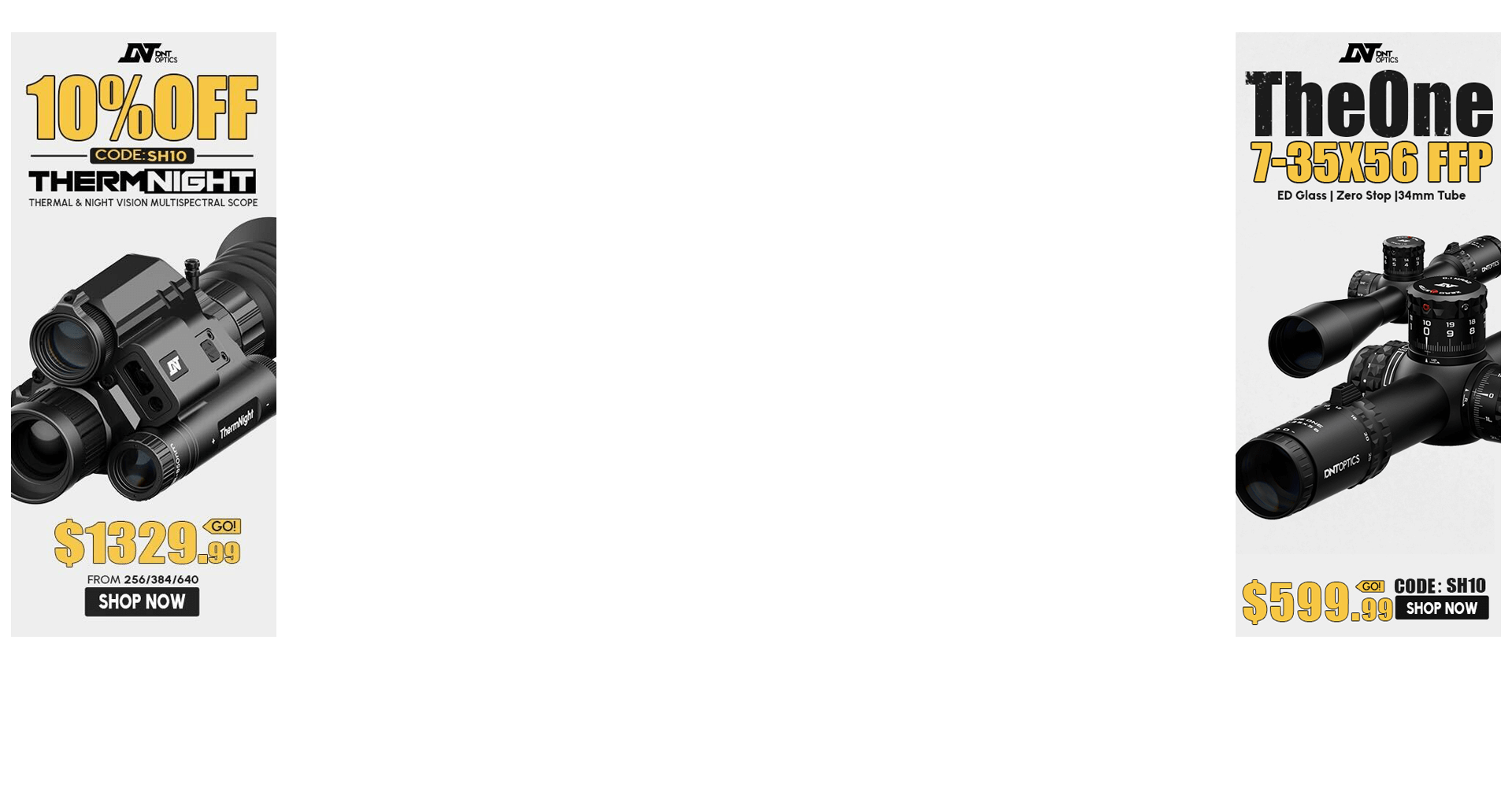Timing in when certain aspects of the action interface with one another. Take a thousandth off the face and everything behind it will be altered accordingly from where the lugs sit on locking into battery to where the trigger gets set but mostly people are concerned with when you lift the bolt the angled part on the bolt should rotate along the angled portion of the action providing extraction help. If it doesnt and rotates all the way around before they meet the only extraction provided is you jerking it out of the chamber with your muscular force rather than using the mechanical advantage built into the design of the action. If you go into a store lots of the RR prefix actions will open up before either of those two surfaces meet one another, my 223 action has this issue but its not worth it to me to get it repaired, I just stopped neck sizing and using super hot loads that would lead to tight extraction issues.
Mr Dixons previous postings on the subject were on the scout and I cant find them but they were very well done.
Copying LRIs sales spiel from their website
https://www.longriflesinc.com/pages/...ng-tig-welding
"SERVICES - PRIMARY EXTRACTION TIMING & TIG WELDING
Primary extraction is expressed as a rotational motion converted to a linear one through the use of a ramp type feature found on the bolt handle and the receiver. Its sole purpose is to allow the shooter a convenient means of getting the fired cartridge out of the grasp of the chamber for easy extraction.
Timing is the relationship of several critical features unique to bolt action firearms. The cocking ramp must be correctly positioned to provide an obstruction free path for the fire control as it travels forward during ignition. Simultaneously, the in-battery clock position must ensure maximum lug surface overlap between the bolt and receiver. This is critical to safety as partial rotation could result in catastrophic failure with potentially lethal consequences. [IMG2=JSON]{"data-align":"none","data-size":"full","src":"https:\/\/cdn.shopify.com\/s\/files\/1\/1107\/4052\/files\/tig1.jpg"}[/IMG2]
[IMG2=JSON]{"data-align":"none","data-size":"full","src":"https:\/\/cdn.shopify.com\/s\/files\/1\/1107\/4052\/files\/tig2.jpg"}[/IMG2]
Once the cartridge has been fired the primary extraction feature comes into play. On a Remington M700 the bolt handle "strap" (a term we use to describe the band of material on a bolt handle that's soldered to the bolt body) serves multiple roles. It provides surface area for attaching the bolt handle to the bolt body. It's where the opposing primary extraction cam surface is located and also mitigates over rotation of the bolt once rotated out of battery.
Once a receiver is accurized, all of these systems become altered slightly. Accurized actions have material removed from both the receiver and bolt lug surfaces. This increases the gap between the forward side of the bolt handle and the action. The increase causes the primary extraction timing to become delayed; reducing the conversion of rotational motion into a linear one. Moving the handle forward increases the gap between the shroud and back of the bolt body slightly. [IMG2=JSON]{"data-align":"none","data-size":"full","src":"https:\/\/cdn.shopify.com\/s\/files\/1\/1107\/4052\/files\/tig3.jpg"}[/IMG2]
[IMG2=JSON]{"data-align":"none","data-size":"full","src":"https:\/\/cdn.shopify.com\/s\/files\/1\/1107\/4052\/files\/tig4.jpg"}[/IMG2]
Our process restores these systems back into the proper relationship
after accurizing the receiver and bolt. TIG (Tungsten Inert Gas) welding aids in joint reliability by creating a stronger union at the shear point between the bolt handle and bolt body. The process we use is a marriage between welding and soldering. When combined, they offer a very reliable means of attaching the bolt handle to the bolt body. Soldering provides the broad surface adhesion and welding strengthens the shear point of the joint."

